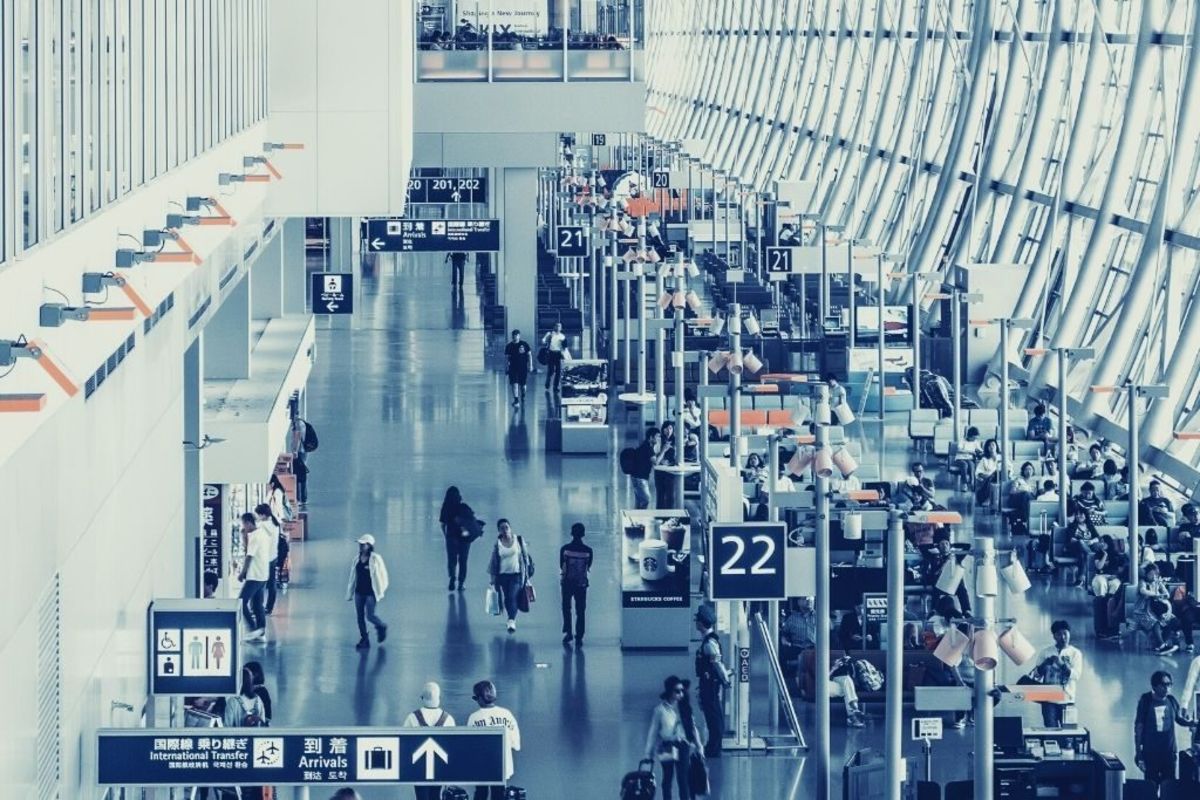
dormakaba Editorial Team

Tasharna Morgan-West
Tasharna is a Marketing and Communications Executive at Air Business Ltd. Up until 2021 she was Marketing Coordinator at dormakaba UK & Ireland. She managed Trade Events for the region, and worked closely with Product Marketing Managers and the Sales Teams, by assisting in the creation of marketing campaigns for Safe Locks, Industrial Locking Systems, and Mechanical Key Systems.
Related articles

Technology
Will Deepfake Threats Compromise Cybersecurity in 2025?

Technology
What Your Face Reveals: Biometric AI Detects Emotions, Illnesses, and Even Your Vote
Beyond ID checks, facial recognition powered by biometric AI now reads emotions, monitors health patterns, and forecasts behavior.

Technology
Can Big Data and AI Really Help us Manage City Traffic?
As cities grow, so does congestion—but AI and Big Data offer new ways to manage traffic, optimize transit, and build sustainable futures.